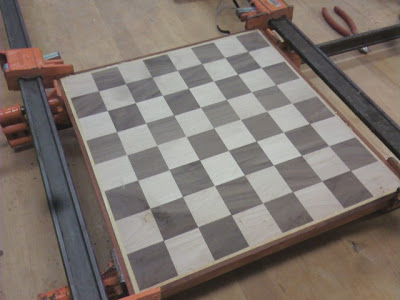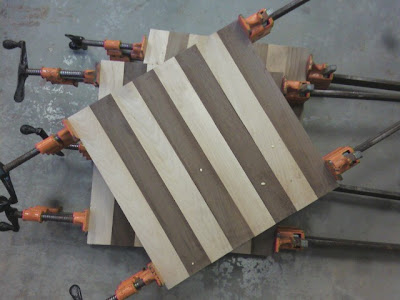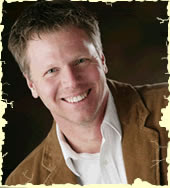I am currently in the process of identifying and structuring the triangulation model of education. Key words and concepts are:
1. Teach (done by teacher)
2. Learn (done by student)
3. Potential (set by limits of realty)
(I will call it the TLP Triangulation Education Model. It can be referred to as TLP-TEM in professional journals. Now, if I can just find that perfect balance of complicating the obvious and over emphasizing the tangents then TLP-TEM might just sweep through the educational world. Wait, I need to get a job at a university and find some research money . . .)Here is my article:
Any learning environment has unexplored growth potential that is never fully activated, but at the same time it is confined by the student's shadowy limitations set by reality. The three corners of the learning triangle are all powerful contributors to the extent of the educational process. They are:
- teacher and the instructional process,
- the student and their freewill (desire, motivation, interest, etc.), and
- the natural biological and psychological ability of the student.

To ignore this triangular alignment (or, one of it's corners) is to entertain a vain educational view that strains the other corners beyond the point of logical expectations. For examples:
- To ignore the importance of the instructional quality will eventually flatten out the student's corner and demand the student do the illogical and teach themselves.

- To ignore the importance of the student's responsibility will eventually bring pressure on the teacher's corner which burdens it with an endless series of demands, expectations, strategies and staff inservices that can never replace the student's need to care about their own education.

- To ignore the natural ability of the student means the student and teacher will be thrust into an imaginary world that in theory (and, before qualifying statements are unleashed) claims that all students can learn everything.

In the correctly balanced model all three corners must be acknowledged and responsibility assigned and expected. An equilateral triangle must be maintained. Foolish educational theories laced with post-modern values will not only be frustrating for the student, the teacher, the school and the community, but they will prove to be educationally fatal.
Each of the corners has ability to improve its contribution to the educational process. Teacher's can always improve. Always. They can find new strategies, become more acquainted with their subject matter, use different mediums to communicate, bring alongside themselves specialist in techniques or knowledge, ect. Students can find motivation or desire by realizing the importance of education, the satisfaction of education, or simply, the expectation of education. Although, potential, in this theory is a set variable, the opportunity of expansion (therapy, interaction, etc.) up to that set variable from the current available potential is possible.
Mr. Wiemers
http://mrwiemersshop.com


























